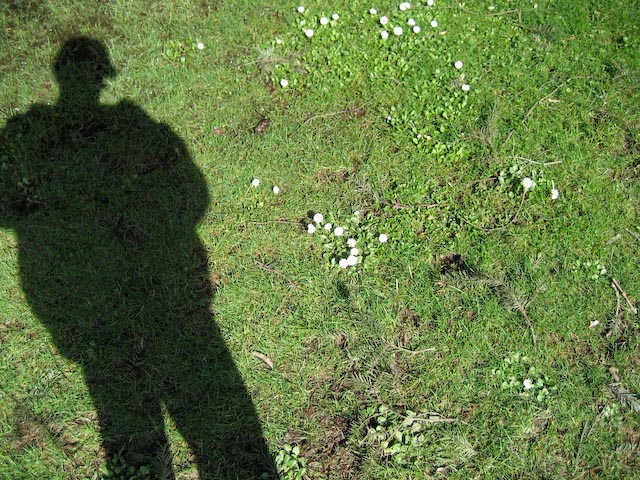Photographic Fictions (2)
 Saturday, June 13, 2009 at 7:39AM
Saturday, June 13, 2009 at 7:39AM The average digital camera owner has over 5,000 photos in various libraries, which in the digital age is a rather quaint name for data that cannot be cataloged using conventional means. Even a Flickr library is about editing time, that is organizing sequences, blocking out events and arranging photographs so that some sort of story can be told. But, this is a different activity from creating a photo album and is closer to a scrapbook.

All this material is grist and fodder for even more complex social networks that can be accessed through mobile means and at home. Links become a crucial part of all this, but where does aesthetics end up? That perhaps is the key question because networks are only partially visible to those who use them and data is only that, information. The raw nature of information means that "editing" is now an activity of time management — the time needed to organize material and content — the development of typologies and catalogs to organize content, not only when photos were taken but superimposed Google maps to show location even though geography may not be that significant to the photograph and its look.
Photos are defined more by connections than by their individual nature, more by their virtual location on Facebook than by their links to events in real time. Photos move along a continuum from events to their classification and from there to screen-based albums, folders and projects. They are rarely printed.
 Fiction,
Fiction,  Photography in
Photography in  Art,
Art,  Images,
Images,  Photography
Photography 


Reader Comments (1)